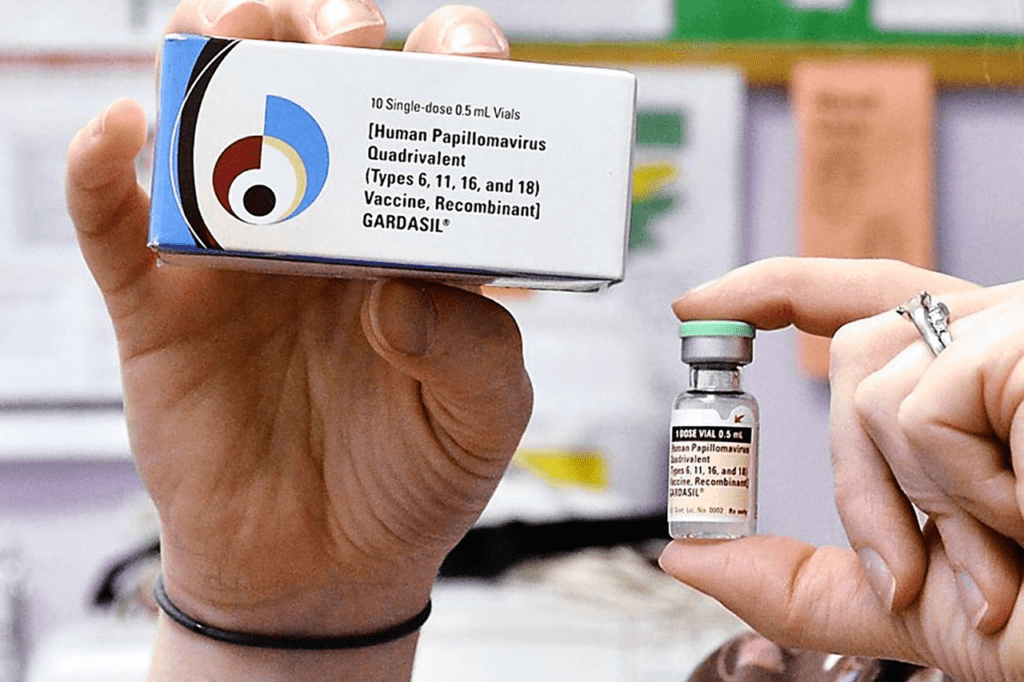HPV Vaccination Rates In The United States are Rising, Even Among Boys

HPV, That’s a huge jump for a contentious vaccination that was reluctant to gain traction in the United States when it was released in 2006. It is provided to protect against a virus that causes a variety of sexually transmitted cancers, including cancers of the cervix, vagina, penis, anus, mouth, and throat.
The HPV vaccine is advised beginning at age 11 or 12, while it can be given as early as age 9.
It was originally only for females and was administered as a two-to-three-dose regimen (depending on the age of the initial vaccine). However, by 2011, it was also suggested for boys.
A year after the vaccine was recommended for each, only approximately 25% of girls and 21% of boys received it, owing in part to parental reservations about giving their children a vaccine linked to diseases associated with sexual behavior.
Nonetheless, those figures have improved over time. By 2015, for example, approximately 63% of girls had received at least one of the necessary vaccination doses.
And, according to CDC surveys of teenagers conducted between 2015 and 2020, the growing tendency has continued. By 2020, over 77% of girls and 74% of boys had received at least one dosage.
According to the 2020 figures, “there were higher increases in HPV vaccination rates among males than females.” Finally, the gender gap in vaccination uptake has shrunk from 13% in 2015 to 3% by 2020.

The CDC, state and local health departments, the American Academy of Pediatrics, the American Academy of Family Physicians, the American College of Obstetricians and Gynecologists, and the American Cancer Society are among the organisations pushing the continual improvement.
“The study also discovered that people who received a doctor recommendation were considerably more likely to acquire an HPV vaccination,” Lu explained.
Health care practitioners, as trustworthy sources of health information, “may serve as a crucial influencer in patients’ decisions to get vaccinated,” Lu stated.
Other poll data, though, give a less clear picture of what’s going on.
Teens in households where the mother was significantly more educated, for example, were less likely to be vaccinated, according to Lu. This was equally true for children in more rural locations.
Furthermore, the findings do not account for the impact of the COVID epidemic on Immunization rates, according to Lu.
“We’ll need more years of survey data to fully analyse the pandemic’s impact,” Lu said.
The American Cancer Society’s Debbie Saslow, managing director of HPV-Related and Women’s Cancers, expressed particular alarm about this issue. She went over the findings.
“HPV vaccination uptake was measured before the pandemic began,” she explained. “We are aware of a significant decline in vaccinations in the last two years, particularly for the HPV vaccine.”
Furthermore, while acceptance of the HPV vaccine has been gradually and consistently growing over many years, it still lags considerably behind other vaccines given at the same age, according to Saslow.
The Hindustan Herald Is Your Source For The Latest In Business, Entertainment, Lifestyle, Breaking News, And Other News. Please Follow Us On Facebook, Instagram, Twitter, And LinkedIn To Receive Instantaneous Updates. Also Don’t Forget To Subscribe Our Telegram Channel @heraldhindustan








